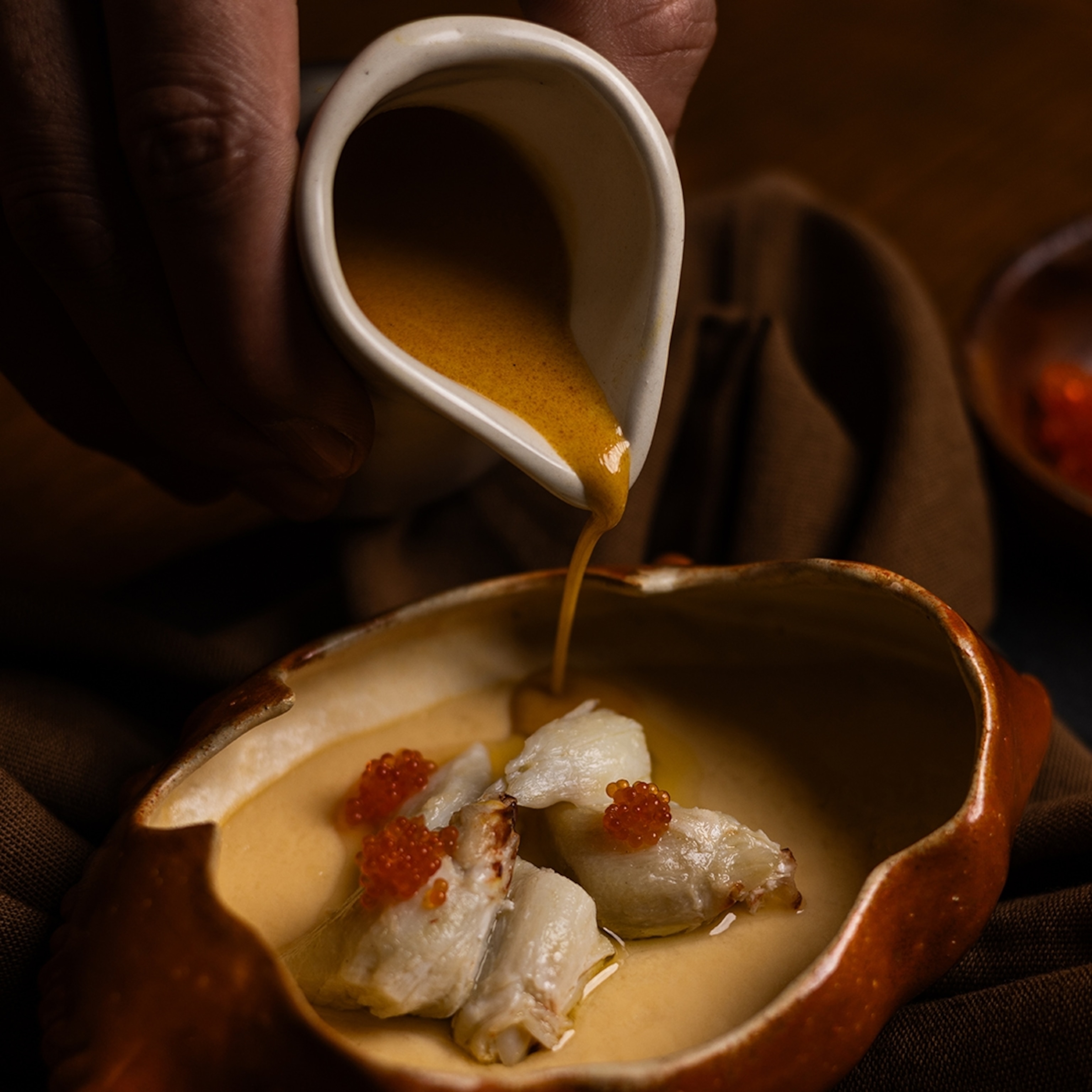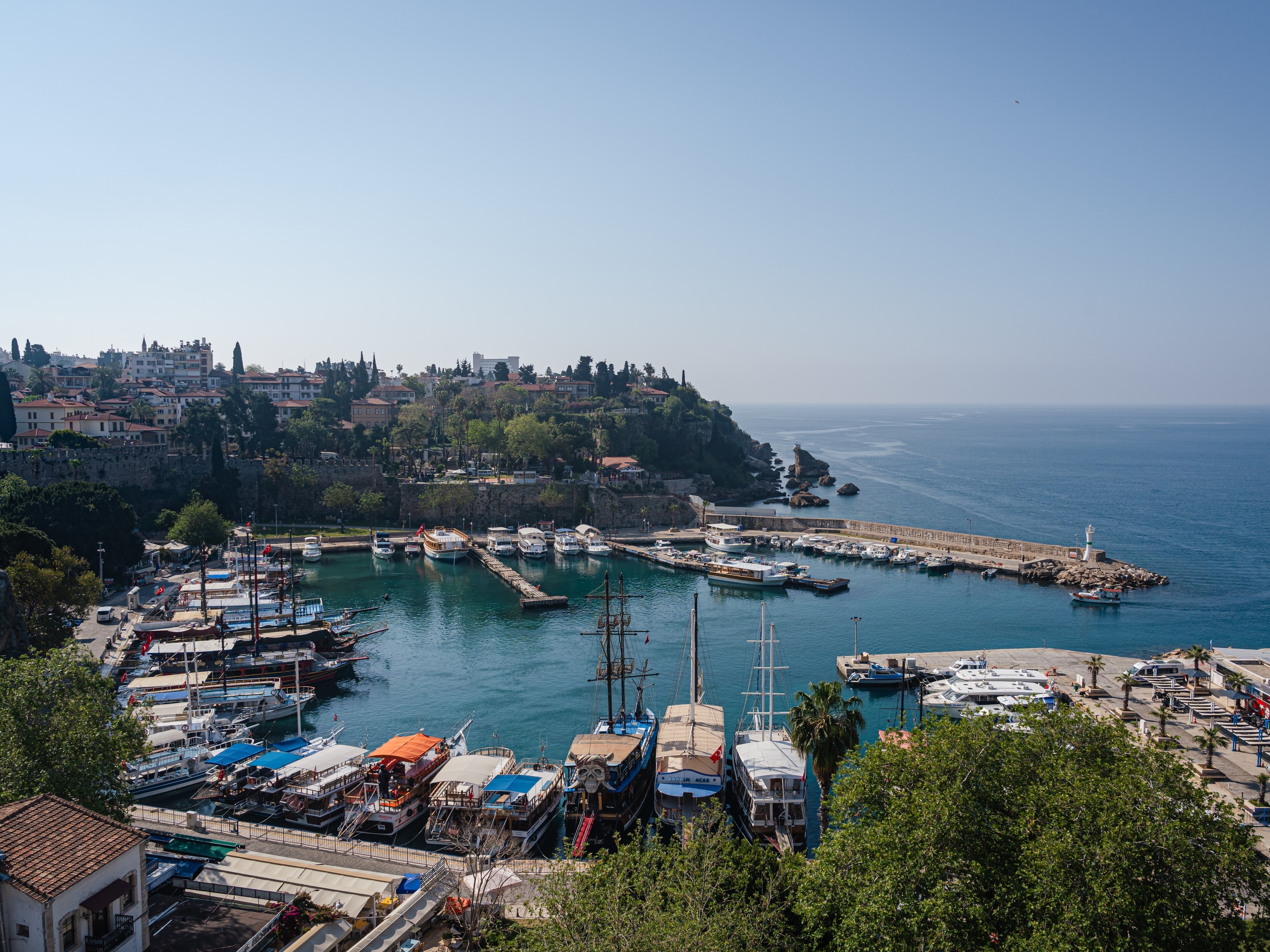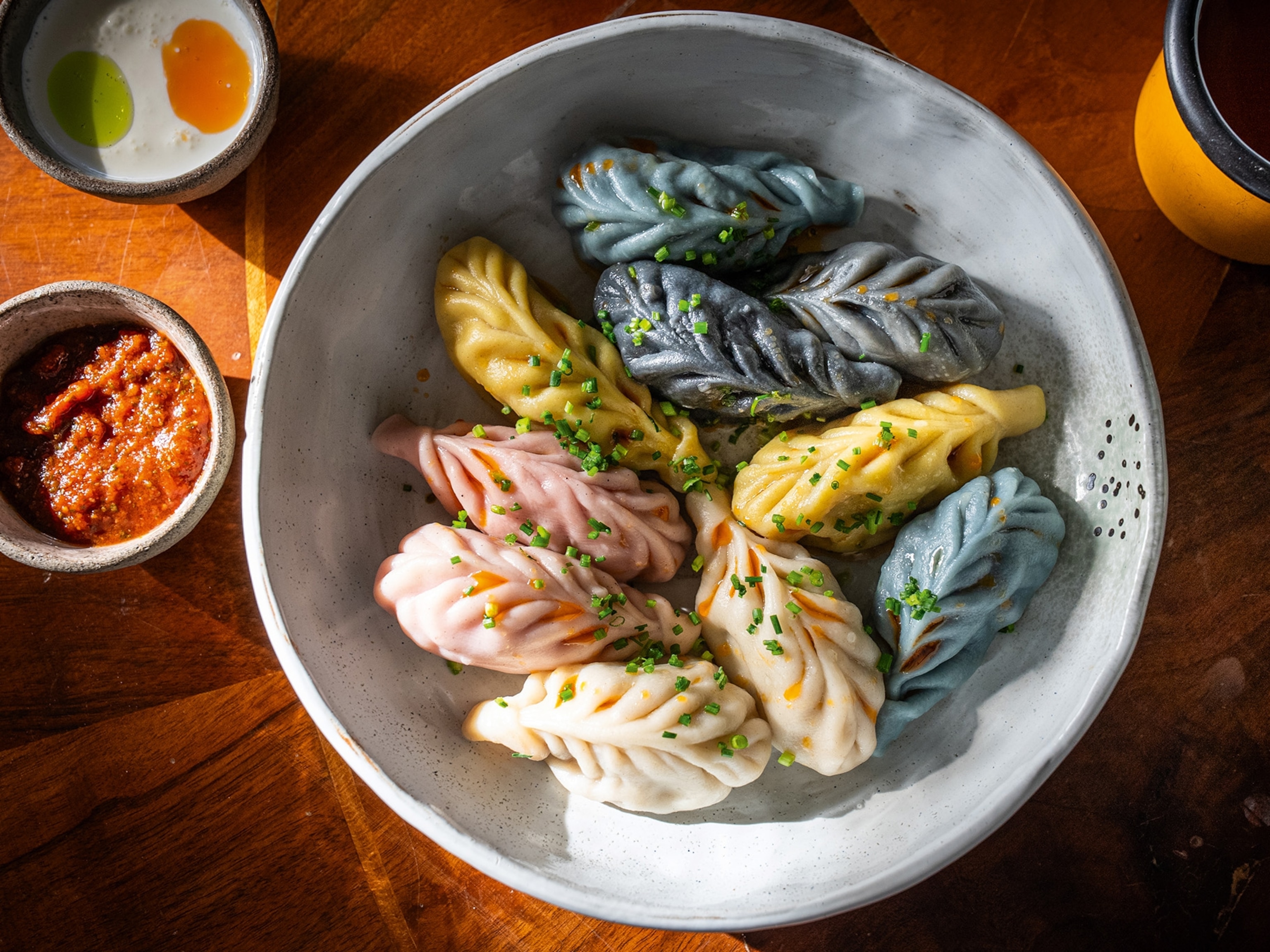
The pioneer: Nornie Bero on championing native Australian ingredients
Born and raised in the Torres Strait Islands, chef Nornie Bero puts a lifelong passion for Australia’s native bounty at the heart of her Melbourne restaurant.
26 Jan 2022, 14:00 GMT — At Big Esso, diners are greeted by a tiger shark. The bamboo sculpture, from Moa Island, in the Torres Strait, hangs from the ceiling, while a wall is adorned with a bold mural by local Indigenous artist and activist Aretha Brown. Cocktails feature ingredients like muntries (berries with a spicy apple flavour), Kakadu plums and Adelaide-made Australian Green Ant Gin. The food menu, meanwhile, features kangaroo, bush tomato and sea succulents.
For chef Nornie Bero, ensuring native Australian ingredients are “the hero of the dish” is at the heart of her central Melbourne restaurant. And, she says, although many other chefs do use the likes of wattleseed or strawberry gum, “it’s always been just a tokenistic thing or a little sliver on top — you never really get to taste it. If I put kangaroo bourguignon on the menu, I want you to concentrate on the kangaroo tail and the pepper berries that it’s cooked in”.
Opened in June 2021, Big Esso is Bero’s tribute to the abundance of the land, as well as to everyone who’s influenced and supported her. “‘Big esso’ means ‘the biggest thank you’ [in Torres Strait Creole],” she explains. “This is what you say when you really want to express your gratitude. All our recipes pay homage to the people of this land that my business is on. I’m not just representing myself but those who were here before me.”
Among the dishes with which Bero pays respect is tea grass and wild boar with pig’s blood jus. “I grew up eating everything and not wasting anything,” she says. “With the pig’s blood, we make a stew with spices like natural ginger and native pepper berries; they have the perfumy smell of cloves and spice of Sichuan pepper. It’s then lightened with a lemon myrtle labneh on the side.” Grown in the rainforests of Queensland, lemon myrtle leaf gives dishes a strong citrus kick if added at the right time — towards the end of cooking.
Bero is no stranger to making the most of Australian produce — she’s been doing it her whole life, having grown up on Mer Island, one of more than 270 islands scattered across the Torres Strait, the stretch of water dividing the northern tip of Queensland from Papua New Guinea. Mer is where self-described “island girl” Bero was born into the Komet tribe, growing up immersed in its customs and traditional ways of life. As a child, she’d spend the early mornings and late afternoons scouring the reefs for things to eat. “As hunter gatherers, we had to set off before sunrise to catch octopus, for pickling, before they ran away from us,” she recalls. Fish trapped in lagoons were caught with spears, while stray oysters would be cracked open against the rocks and eaten on the spot.

“We can sustain ourselves from the ocean,” Bero says. “But my journey all started with my father teaching me how to make damper [a traditional bread] and pickled turtle eggs, and digging up my first yams.” A youth spent celebrating the bounty of land and sea has been a key influence on Bero’s cooking. “All the little things about my childhood are in the menu,” she says. This includes one of her favourite dishes: namas. Similar to ceviche, it features kingfish cured in coconut milk, finger lime, chilli and lemongrass, and Bero serves it with taro crisps. “I want people to eat more root vegetables; taro is the most delicious thing you can eat and the texture works well with the cured fish,” she says.
After taking on her first catering job at 16, Bero went on to cook in Indian, Italian and Japanese kitchens across Australia, as well as in London. Eventually, she settled in Melbourne and began selling homemade condiments and spice mixes at South Melbourne Market. Her own establishment followed in 2019: an Indigenous cafe, Mabu Mabu (‘help yourself’ in the Torres Strait’s Meriam language), in the west of the city. It made a name for itself with bold brunches incorporating native ingredients, and supper club-style events celebrating the food and culture of the Torres Strait.
Mabu Mabu is currently closed while Bero focuses on Big Esso, whose opening was announced on 3 June last year. It was, says Bero, a significant date: Mabo Day, which commemorates activist Eddie Koiki Mabo, who won the legal battle for official recognition that Indigenous people occupied Australia for tens of thousands of years before the arrival of the British in 1788.
“Mabo is one of our biggest icons,” says Bero. “He stood up and really showcased that he knew the land was always ours and we shouldn’t have to fight for it. I come from the same island as him, Mer, so he represents who I am and so much more — he fought to put us [Torres Strait Islanders] on the map, and I see myself doing the same.” The location of Bero’s restaurant is also important, she says. It’s close to Birrarung Marr — a park dedicated to the Wurundjeri people — and the Yarra River, a former eel breeding ground set within a valley that was, before colonisation, home to the Wurundjeri and Boonwurrung people.
The past year has been a busy one for Bero. In addition to opening the restaurant, she launched a catering company, Kara Meta, which, in January, fed hungry tennis fans at the Australian Open a menu featuring namas, crocodile and baked yam. And then in February, Bero published her debut cookbook. Sharing a name with her first cafe, Mabu Mabu features recipes for some of Bero’s best-loved dishes, as well as foraging tips and a glossary of native ingredients.
“Regardless of my culture and tradition, I’m a chef at heart and so I love creating food. I want to make sure people enjoy native ingredients but also have a familiarity with them as well,” she says. “What keeps me going is getting everyone to join our ‘village’ and seeing it grow more and more.”
Published in Issue 15 (spring 2022) of National Geographic Traveller Food (UK)
Follow us on social media
Facebook | Twitter | Instagram







